Despite the widespread use of Learning Management Systems (LMS), several misconceptions still prevent organizations from fully utilizing their potential. Many businesses hesitate due to outdated beliefs about cost, complexity, and effectiveness. But in reality, modern LMS platforms offer far more than most realize. Let’s break down the myths and uncover the real facts.
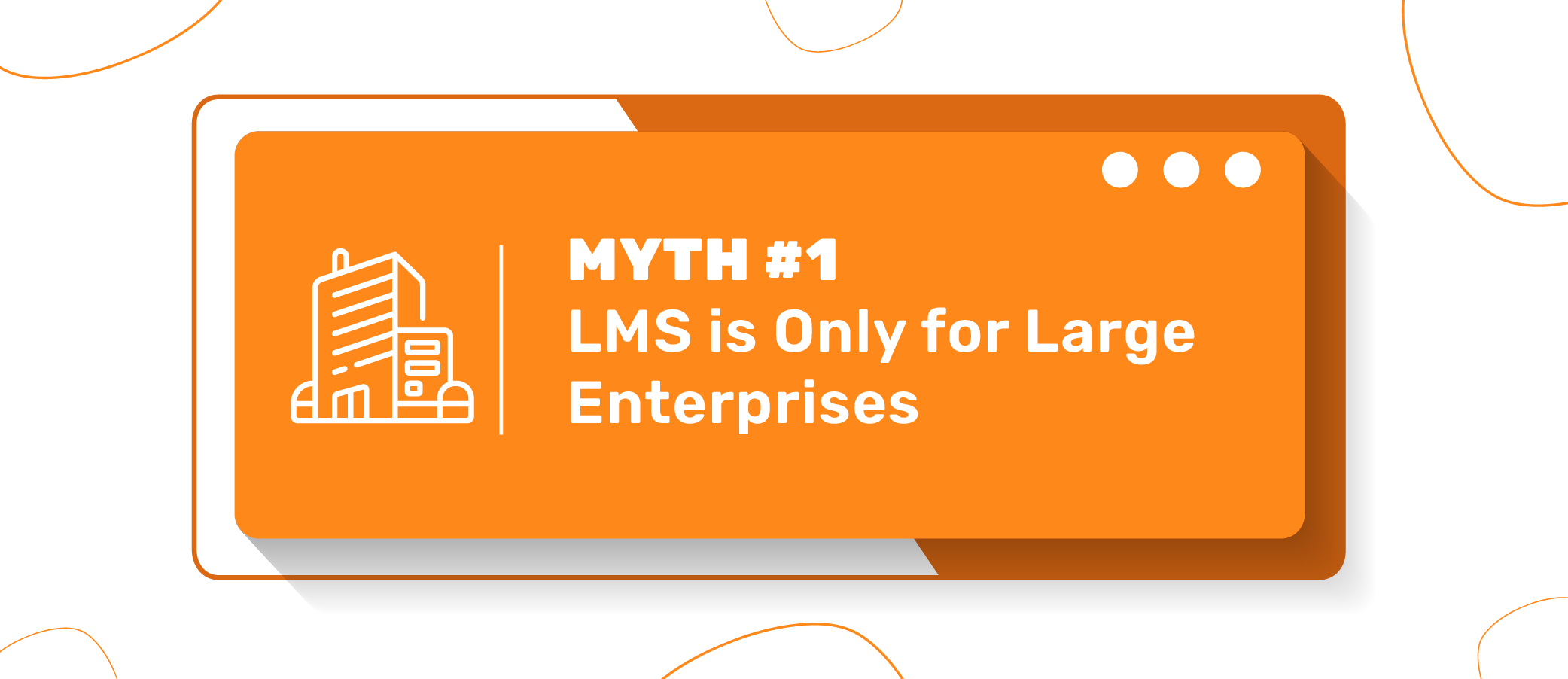
Many believe that only large corporations with massive budgets and dedicated training teams can afford an LMS.
The Reality:
Modern LMS platforms are designed to be scalable, flexible, and cost-efficient, making them accessible to businesses of all sizes. Cloud-based solutions offer subscription-based pricing, pay-per-user models, and free trial options, eliminating the need for large upfront investments. Smaller organizations can easily implement an LMS for onboarding, compliance, skill-building, and continuous learning without the complexity of managing an in-house system.
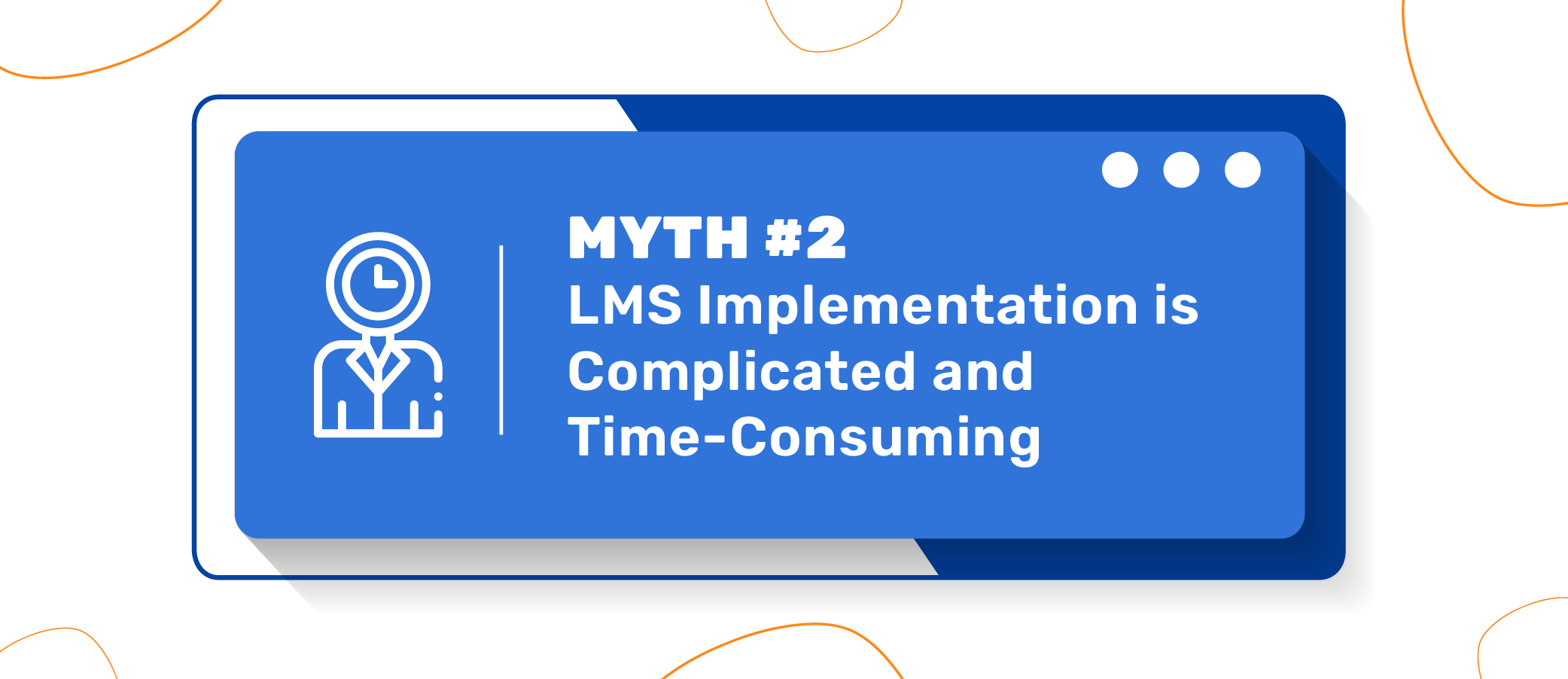
Some organizations avoid adopting an LMS because they assume it requires heavy IT involvement, months of setup, and complex integrations.
The Reality:
Modern LMS platforms prioritize quick deployment and ease of use. Features like drag-and-drop course builders, AI-powered automation, pre-built content libraries, and seamless integrations with HRIS, CRM, and communication tools make implementation faster than ever. Many platforms can be set up within days, with minimal disruption to operations.
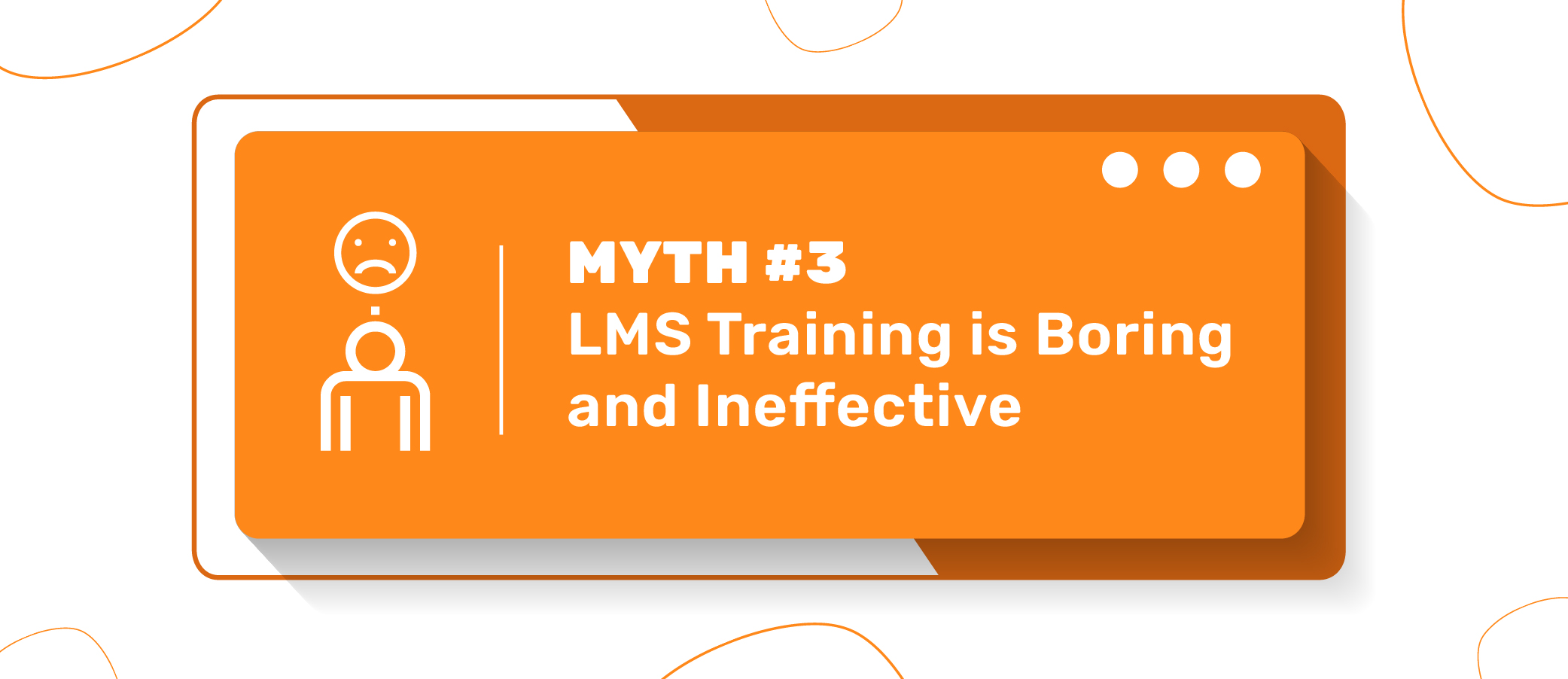
There’s a lingering belief that LMS-based training consists of static slides, long videos, and monotonous quizzes that fail to engage learners.
The Reality:
Today’s LMS platforms incorporate microlearning, gamification, AI-driven personalization, interactive assessments, and real-world simulations to make training engaging and effective. Features like self-guided online training paths and instant feedback mechanisms ensure that employees stay engaged and retain knowledge longer. AI-powered content recommendations also help learners access courses tailored to their needs, keeping training relevant and impactful.
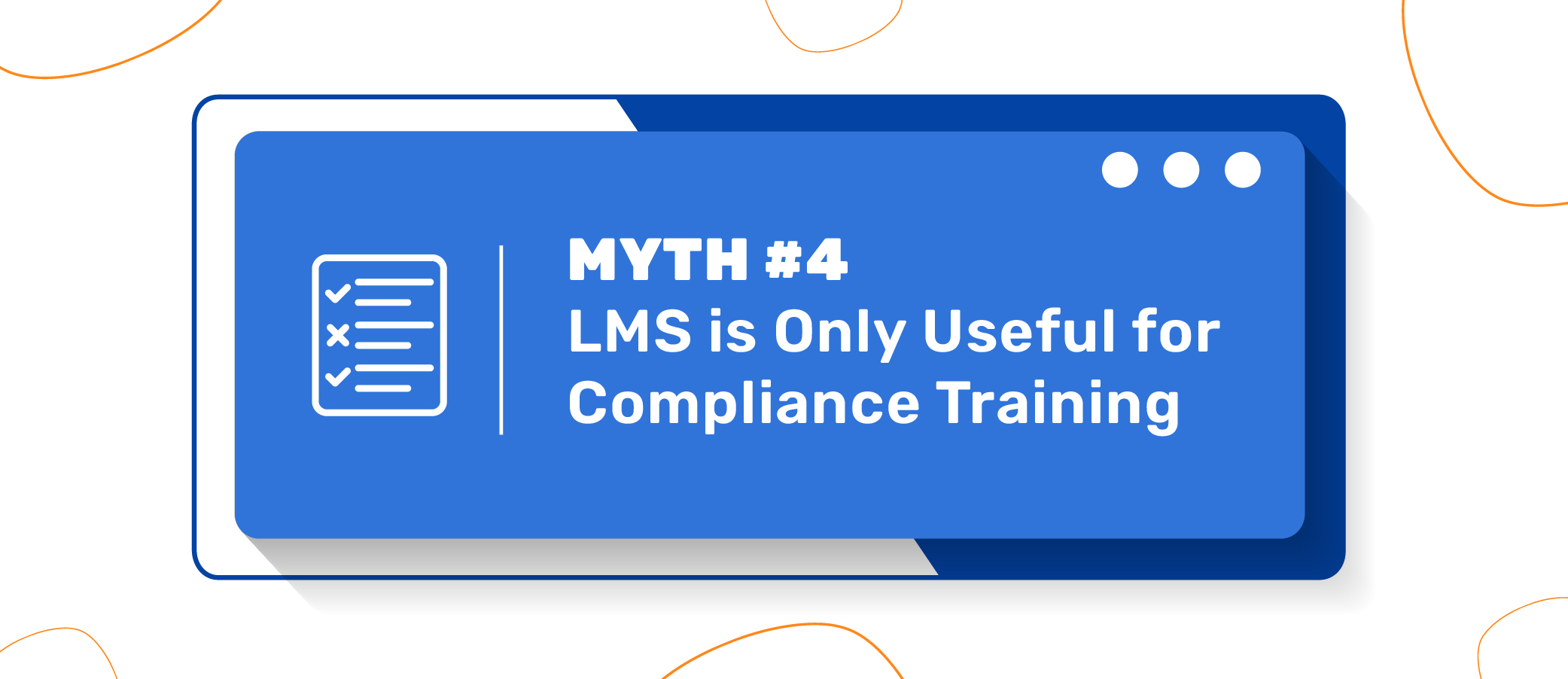
Because many companies first implement an LMS for mandatory compliance courses, some assume it has no other purpose.
The Reality:
An LMS goes far beyond compliance. It supports various types of training, including leadership development, upskilling, career path planning, and performance-based learning. Analytics help HR teams identify skill gaps and develop customized training programs aligned with business goals. Many LMS platforms also integrate with industry certifications, allowing employees to earn credentials that enhance their careers.

Some businesses worry that adopting an LMS means eliminating traditional face-to-face learning altogether.
The Reality:
An LMS enhances instructor-led training, rather than replacing it. Blended learning models allow employees to complete digital modules at their own pace while still participating in live sessions for hands-on learning. Features like virtual classrooms, real-time collaboration, AI-powered coaching, and discussion forums create a more interactive and flexible learning experience.
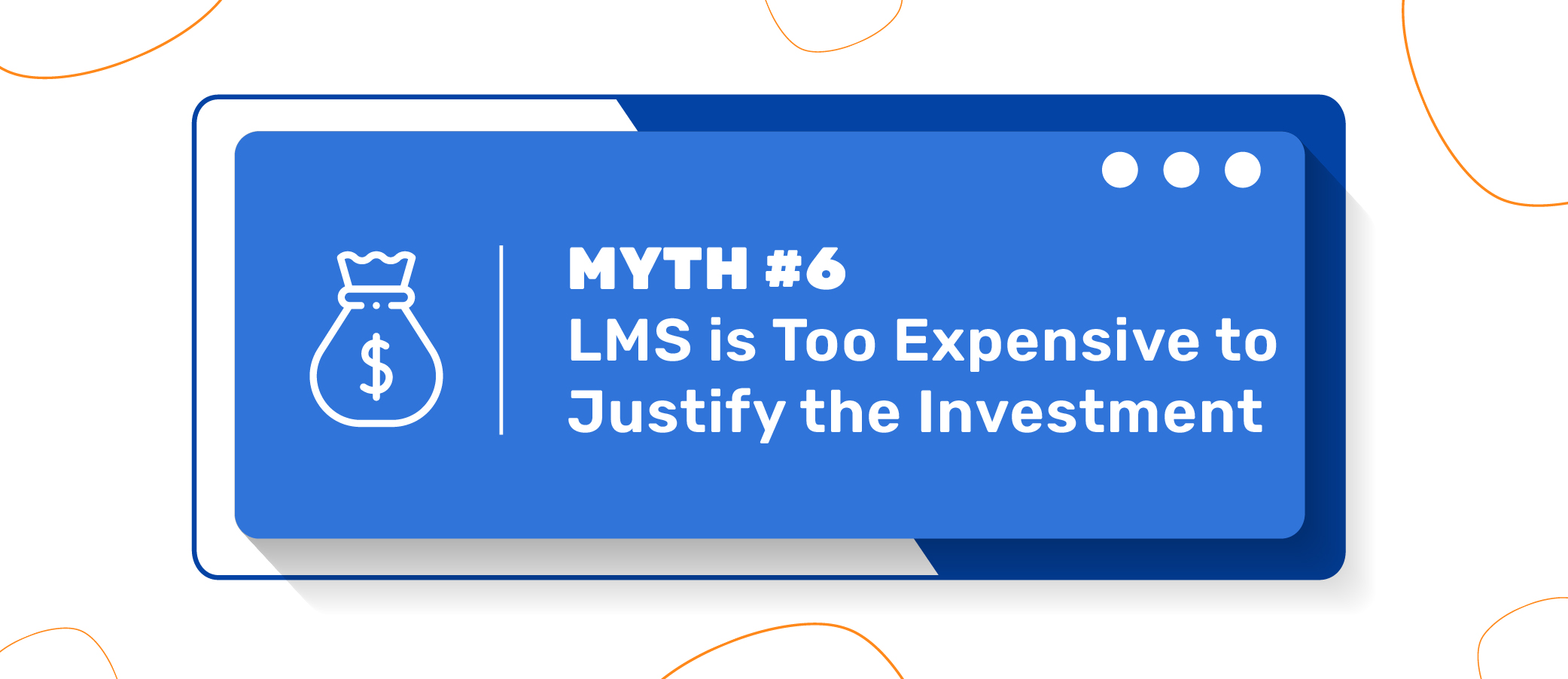
Organizations often assume that implementing an LMS is a costly endeavor with little return on investment.
The Reality:
An LMS actually reduces training costs over time by eliminating travel expenses, reducing instructor fees, minimizing lost productivity, and automating administrative tasks. Additionally, reporting and compliance tracking help prevent costly penalties from regulatory violations. Companies that use an LMS effectively see improvements in employee performance, retention, and overall business efficiency, leading to long-term financial gains.
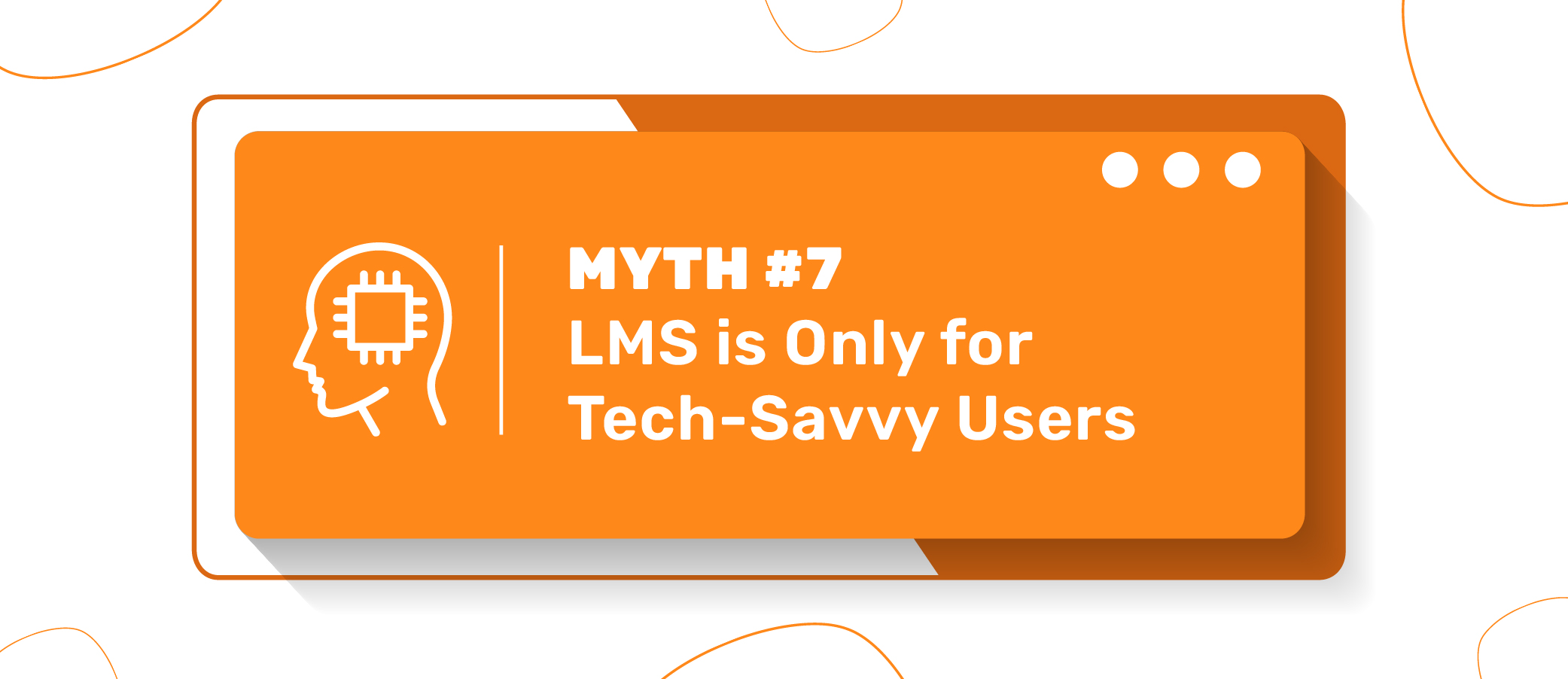
Some employees and organizations hesitate to use an LMS because they think it requires advanced technical skills.
The Reality:
Modern LMS platforms are built for ease of use, featuring intuitive dashboards, AI-powered search, mobile-friendly interfaces, and voice-enabled navigation. Many platforms also include automated reminders, progress tracking, and chatbot assistants to guide learners through courses seamlessly. Employees at all skill levels can easily navigate an LMS without extensive training.
The Real Value of an LMS
LMS myths often prevent businesses from fully leveraging one of the most powerful learning and development tools available. In reality, modern LMS platforms like KnowledgeCity are affordable, user-friendly, scalable, and essential for workforce development. They enable organizations to foster a culture of continuous learning, enhance training efficiency, and drive business performance.
Rather than adhering to outdated beliefs, organizations should recognize an LMS as a strategic asset for preparing employees for the future. A well-implemented LMS isn’t just a training tool—it’s a competitive advantage.
Take the Next Step with KnowledgeCity’s LMS
KnowledgeCity’s LMS is designed for businesses of all sizes, offering an intuitive, scalable, and cost-effective solution that drives real results. From compliance training to leadership development, our platform keeps your workforce engaged and future-ready.
Book a demo today and see how KnowledgeCity’s LMS can transform the way you train, upskill, and retain top talent!
Subscribe to Our Newsletter
Join 80,000+ Fellow HR Professionals. Get expert recruiting and training tips straight
to your inbox, and become a better HR manager.

 KnowledgeCity
KnowledgeCity 










